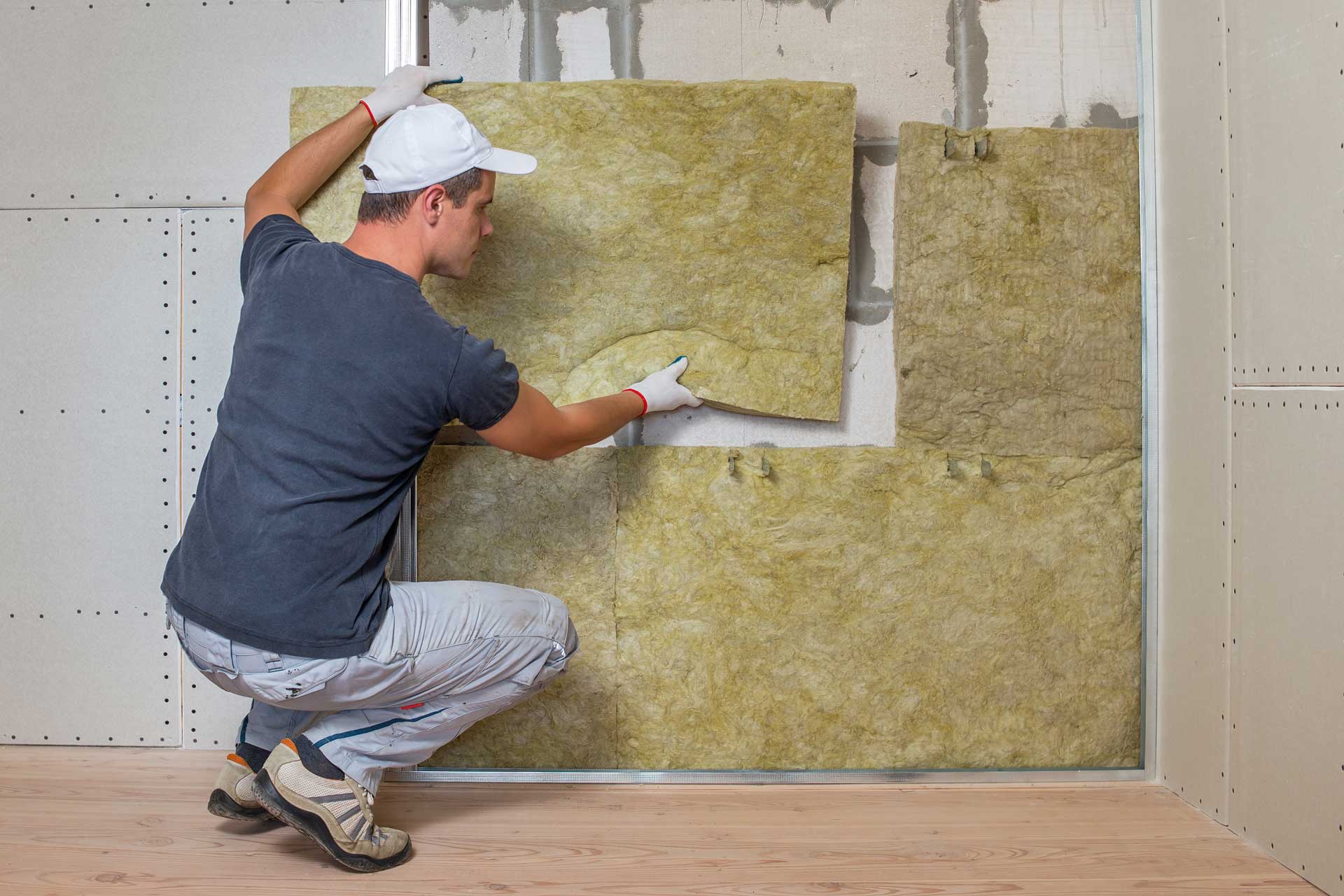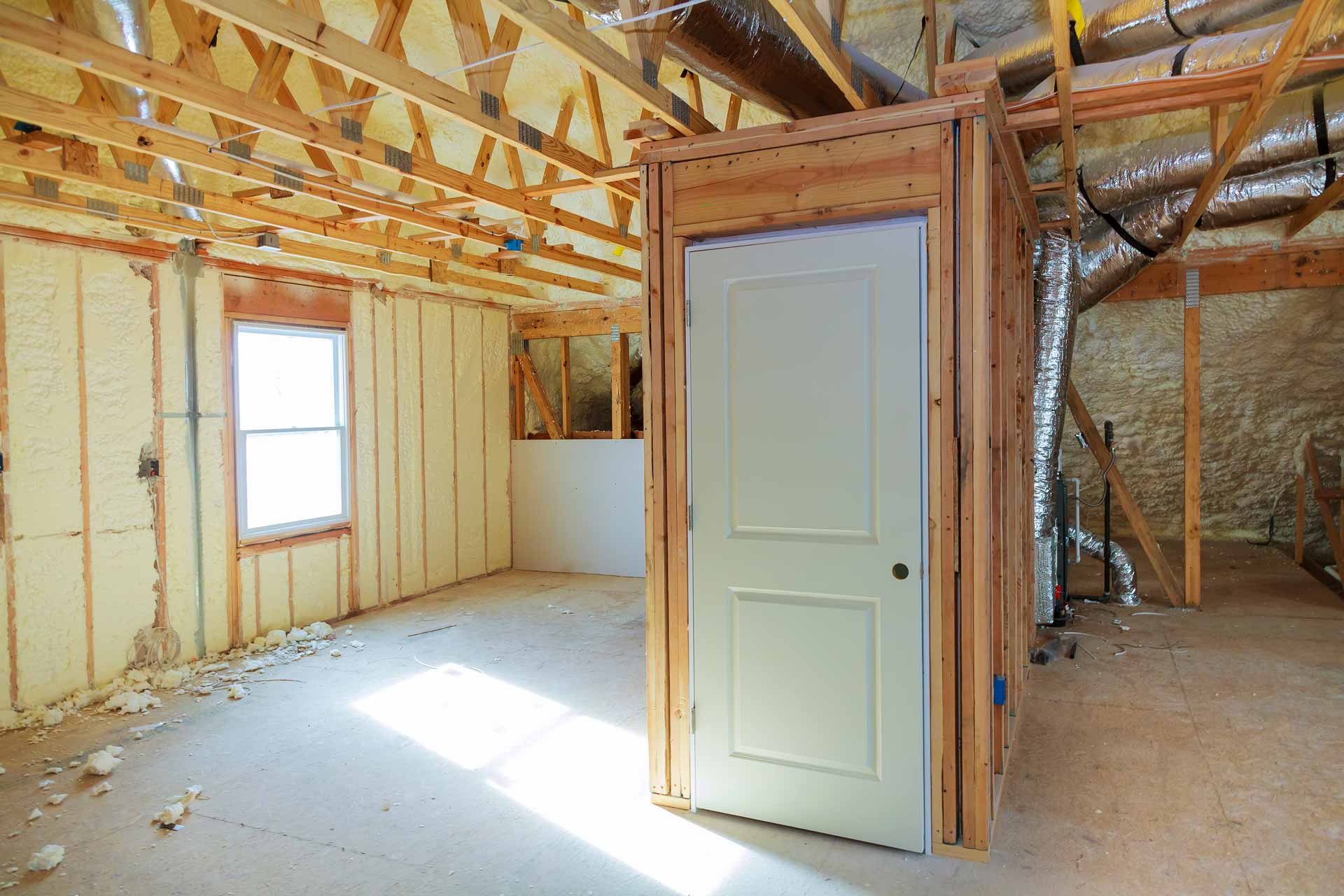Is Stamped Concrete Less Likely To Crack?
A stamped concrete patio, like any other patio, can and will eventually crack. There are a few reasons why stamped concrete might crack less often than non-stamped concrete.
1. Stamping Concrete Prevents Plastic Deformation
Plastic deformation is also known as creep and it’s the process that allows objects to slowly deform from gravity over time, even if they’re made of a strong material like steel. Once plastic deformation has occurred, there is no going back, you can’t fix it other than by applying pressure or repairing the object itself. This damage becomes worse over time due to additional stress being placed on the damaged area – whether this is from rain or traffic. In stamped concrete, the surface effect created strengthens the material by reducing how much force each individual point on the surface needs to withstand before it starts to deform.
2. Stamping Concrete Covers Smaller Area
The density of a concrete slab is constant, however when stamped concrete is used this surface area has been modified and because the concrete itself has not changed in either mass or volume; the overall density will be less than that of non-stamped concrete. This means there is less material for the forces acting upon it to push against, such as rain or vehicle traffic.
3. Stain Resistance Of Surface Texture
Surface texture also increases surface strength in stamped concrete, which helps prevent damage from coming into contact with corrosive substances like de-icing salts and road salts(which can increase how much plastic deformation occurs in stamped concrete
4. More Control Over Joints
Joints in stamped concrete can be made to be very thin or nonexistent, meaning there is less room for water to get inside the small cracks. For non-stamped concrete, joints are typically 1/16 inch (1.6 mm) wide and 3/32 inch (2.4 mm) deep. The filler used in these joints typically has a much greater volume than needed so it’s important to keep this material clean and dry to reduce the risk of failure due to corrosion.
5. Stamped Concrete Dries Quicker And Can Be Walked On Sooner
For stamped concrete, the surface must not have any visible moisture on it before being walked on because this will create a weak bond between the ground and the surface of stamped concrete. However, if you are looking at making stamped concrete for paths leading up to entrances of buildings or driveways where vehicles will be driving over it, stamped concrete is not the best option. If you are looking for something suitable for vehicle use, go with a paver or asphalt material instead.
Conclusion:
In conclusion, overall a stamped concrete patio will be more resistant to cracking as opposed to a plain concrete patio. The protection offered by the stamping process leaves a beautiful finish that has no need for sand or gravel and is less likely to crack. In addition, while plain concrete can be very expensive stamped concrete allows you to add a certain flair without the high price tag associated with many other design options.






